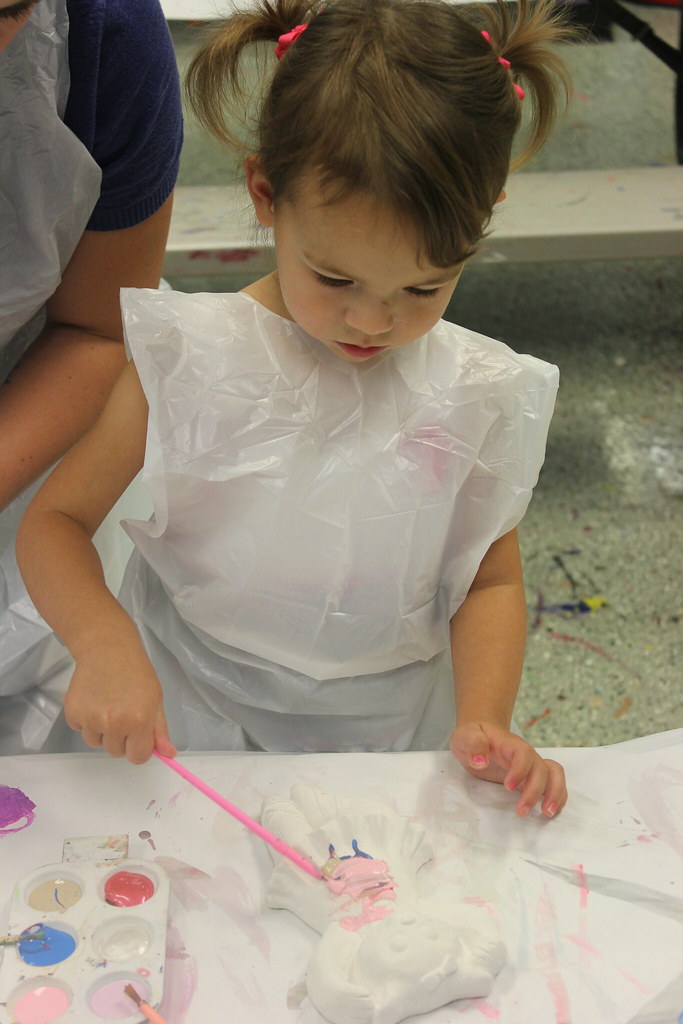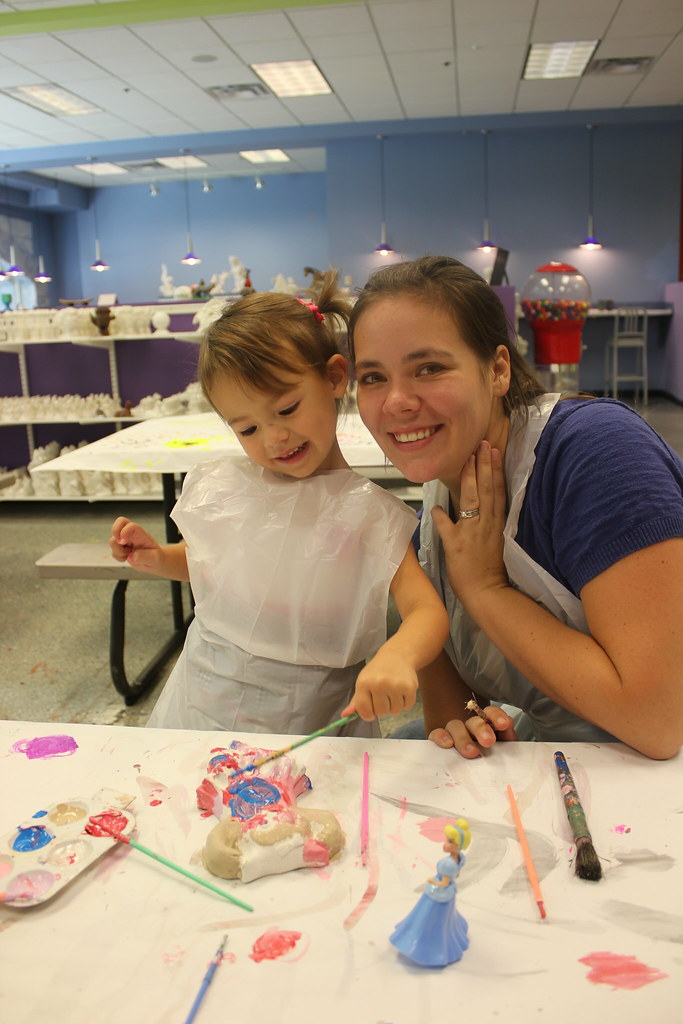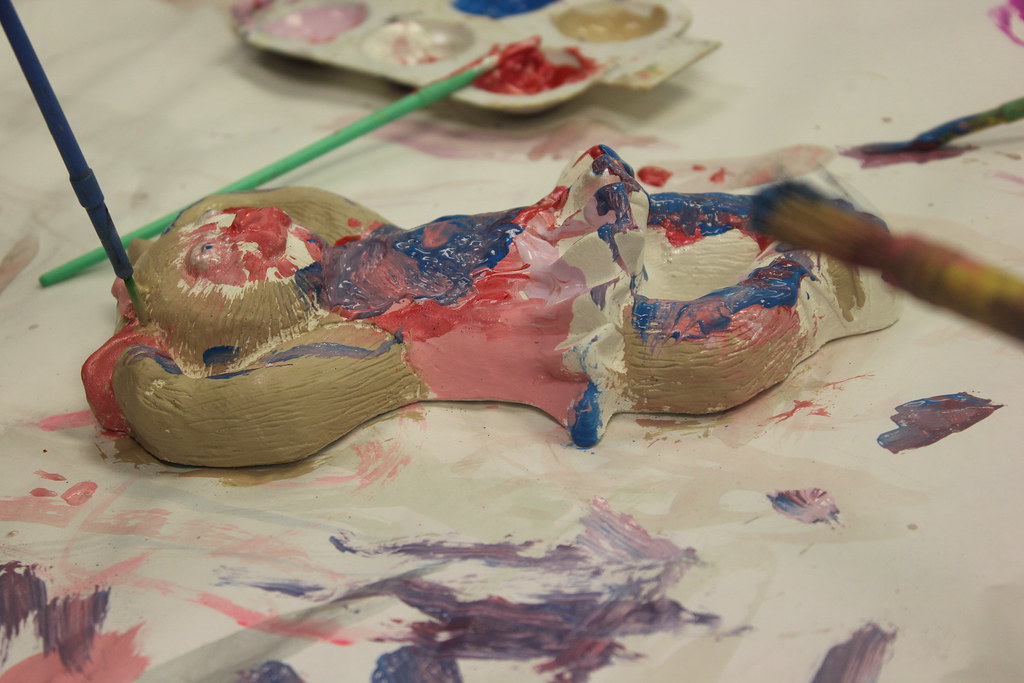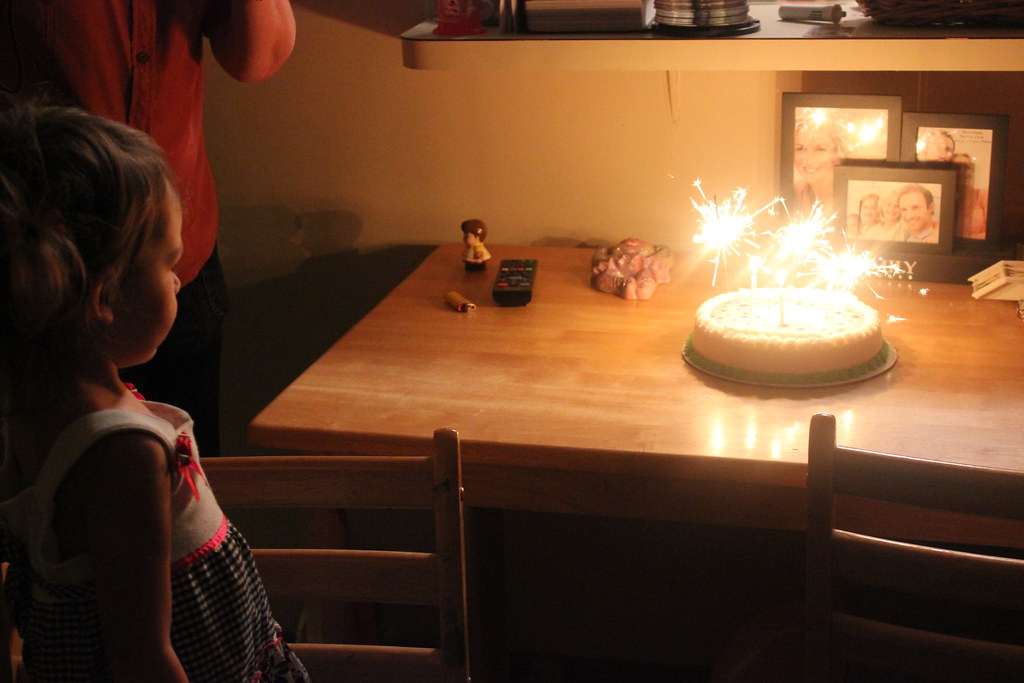Ginger kills cancer
New study reveals that ginger powder induces death in cancer cells.
FEATURE

Being stricken with cancer is everybody’s worse nightmare but a recent study conducted at the University of Michigan’s Comprehensive Cancer Center has found that ginger powder induces death in cancer cells
Kills cancer cells
This was especially so in all ovarian cancer cells to which ginger powder was applied. While still requiring more extensive research before coming anywhere close to being accepted by the medical community, it is a ray of hope that the treatment of cancer doesn’t necessarily have to be limited to chemotherapy and radiation alone.
Another piece of promising news is that ginger is effective in slowing the growth of colorectal cancer cells. This study was conducted at the University of Minnesota and offers a much kinder, natural alternative in the treatment of cancer.
Besides these breakthroughs in cancer research, ginger has for long been beneficial as a remedy for a wide spectrum of ailments. Here are a few that you may already have heard of.
Lowers stress levels
The next time you are sick to your stomach with worry, have a ginger drink. Gingerol, the potent antioxidant in ginger also helps cleanse the harmful chemicals that build-up in our bodies when we’re stressed. Some studies also suggest that just a whiff of ginger uplifts your mood too. A wonderful way to de-stress would be to chop up some ginger and drop it into hot water with a slice of lemon. Or have it the traditional Malaysian way – teh halia kurang manis!

Aids digestion
Dietician Alice Mackintosh told the Daily Mail, “Ginger helps stimulate the taste buds, triggering digestive secretions.” This knobby root deftly improves the absorption and assimilation of nutrients in our bodies, easing any form of stomach discomfort in the process. Incidentally ginger also helps impede motion sickness, beat heartburn and reduce flatulence too. The best way to enjoy it is by mixing a teaspoon of ginger juice with lime juice in water. Bring to a boil then mix with a bit of honey. Yum!
Eases inflammation
If you suffer from rheumatoid arthritis, osteoarthritis or joint inflammation due to injury, a good natural remedy would be ginger. Chew on some or grate some into your drink to relieve pain and discomfort. If it’s your throat that’s inflamed, a warm ginger drink with honey three times daily will soothe your throat and boost your immune system, possibly preventing a relapse.
Effective painkiller
Got a headache? Instead of popping a pill, try applying some ginger juice on your forehead instead. If it’s a toothache that’s ruining your day, some ginger juice on your cheek or jaw area is claimed to soothe the pain.
Aphrodisiac effect
Some quarters believe that ginger has a stimulant effect that makes it an effective anti-impotence drug. While some suggest adding ginger juice to hot tea with a little raw honey, others say a teaspoon of ginger juice in a half-boiled egg with a spoon of honey taken on an empty stomach every night for a month does the trick. Any brave men out there to prove this right? Beats relying on that blue pill every time!








































